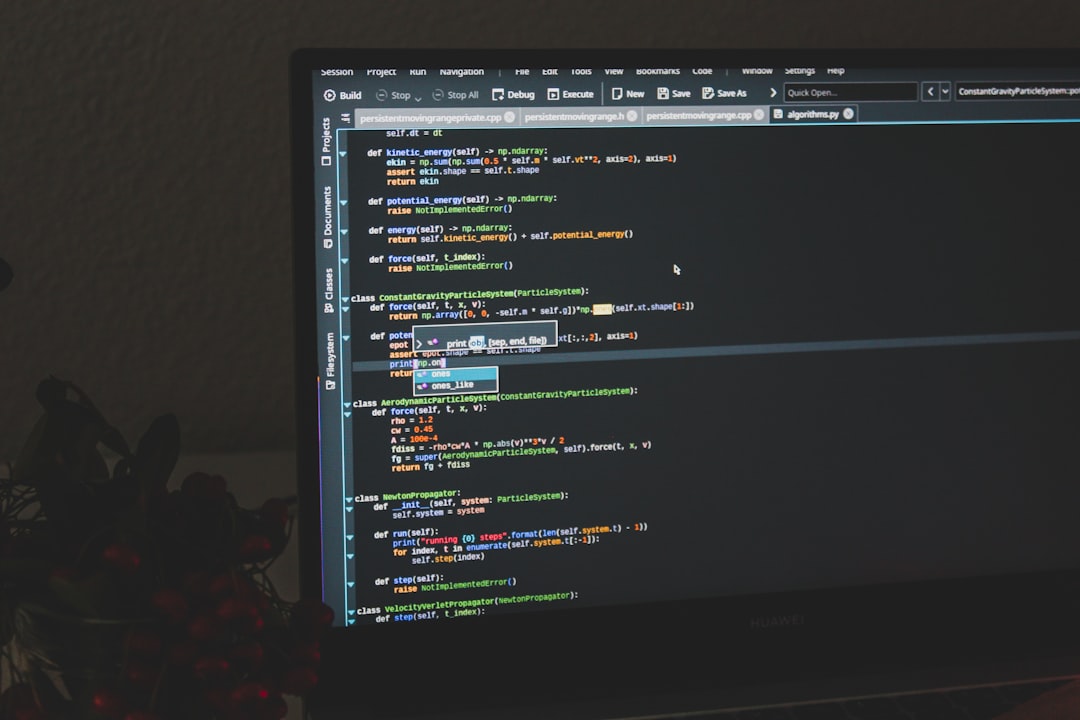In today’s data-driven world, APIs serve as the backbone of communication between services, systems, and applications. For developers, marketers, and data aggregators who rely on consistent API access, maintaining clean sessions and uninterrupted connectivity is vital. This is where proxy rotation for APIs steps in, offering both reliability and security during extensive data acquisition processes.
When multiple API requests originate from the same IP address, especially within a short time frame, they are likely to be flagged or blocked. This is especially common in rate-limited or geo-restricted services. A rotational proxy system solves this challenge by cycling through a pool of proxy IPs, mimicking organic network activity and reducing the risk of bans or blocks.

Why You Need Proxy Rotation for API Access
Using a single IP address leads to cumulative request history. APIs log usage patterns, and if the access pattern deviates from normal use, it may trigger suspicious activity alerts. Rotating proxies ensure that each session feels “fresh” to the target server. Here are some compelling reasons to deploy proxy rotation strategies:
- Bypass Rate Limits: Distribute API calls across different IP addresses to avoid exceeding request thresholds.
- Prevent Bans: Reduce the chances of detection and blacklisting by making traffic appear more organic.
- Maintain Session Integrity: Ensure that accumulated cookies, request logs, and other session markers don’t compromise your access.
- Geolocation Access: Use proxies from various regions to collect region-specific data or test geographical-based API functionalities.
Whether you’re scraping competitor data, testing product APIs, or aggregating third-party news feeds, rotating proxies serve as a digital disguise that helps you stay under the radar and maintain high success rates.
Types of Proxy Rotation Techniques
There are different ways to rotate proxies, each suited to specific needs and setups:
- Time-Based Rotation: Proxies are changed at fixed intervals, regardless of the number of requests made during that time.
- Request-Based Rotation: Each new API request is sent through a different proxy, ideal for very high-volume querying.
- Sticky Sessions: A proxy persists for a set period to allow session-based tasks (like login flows), then switches after expiry.

It’s crucial to choose the proxy rotation logic based on the behavior of the target API. Some APIs might block random IP switches for authenticated sessions, so adapting the technique per API is recommended.
Implementing Proxy Rotation
To integrate proxy rotation into your API workflow, you can take different routes depending on your tech stack and resources:
- Manual Configuration: Manually configure your proxy list and add rotation logic using coding libraries (e.g., Python’s
requestswith proxy pooling). - Proxy Management Tools: Use services like Bright Data, Oxylabs, or Smartproxy that offer built-in rotation and management features.
- Custom Middleware: Build your own proxy middleware for greater control. This is often used in large-scale enterprise scraper setups.
In any case, integrating error handling, retry mechanisms, and IP health monitoring will vastly improve your proxy rotation’s effectiveness. With tools like BestProxy, developers can simplify proxy rotation using extensive IP resources, reliable performance, and flexible API control that fit smoothly into automated workflows.
Best Practices to Keep Sessions Clean
Merely rotating proxies isn’t enough if the sessions are cluttered or contaminated with old headers, cookies, or tokens. Follow these best practices:
- Clear cookies and session data with each new proxy.
- Reset headers or randomize them to avoid patterns.
- Introduce randomized delays between requests.
- Monitor response codes to detect early bans or slowdowns.
Keeping sessions clean ensures not only compliance with API terms but also guarantees the overall longevity and effectiveness of your scraping or API-calling scripts.
Conclusion
Proxy rotation is a cornerstone strategy for any high-frequency API interaction. With robust rotation techniques and clean sessions, developers can scale their operations while staying compliant and under the radar. When implemented correctly, it prevents disruptions, increases data integrity, and ensures reliable access to valuable API data.
FAQ
- Q: What is proxy rotation in the context of API usage?
A: Proxy rotation refers to the practice of changing the IP address used in API requests to prevent rate limiting, avoid bans, and mimic organic traffic. - Q: Can rotating proxies affect my data quality?
A: If not managed properly, yes. Ensure that session data is reset and consistent user agents or headers are applied to maintain response uniformity. - Q: Is a VPN the same as a rotating proxy?
A: No. A VPN changes your IP for privacy but doesn’t offer the automation or dynamic IP switching that rotating proxies provide for automated tasks. - Q: Do I need to rotate proxies if the API has no rate limits?
A: Possibly not, but if the API tracks usage behavior or applies IP-based restrictions, rotation can still be beneficial. - Q: Should I build my own rotation system or use a third-party service?
A: It depends on scale and resources. Third-party services offer ease and infrastructure, while custom-built systems provide greater control and flexibility.
